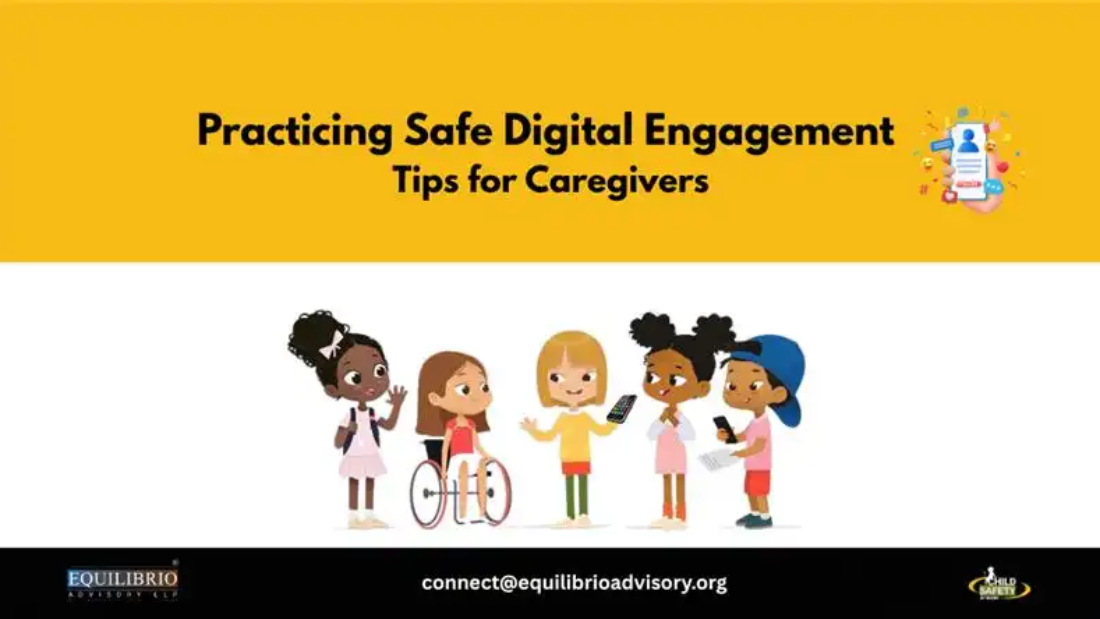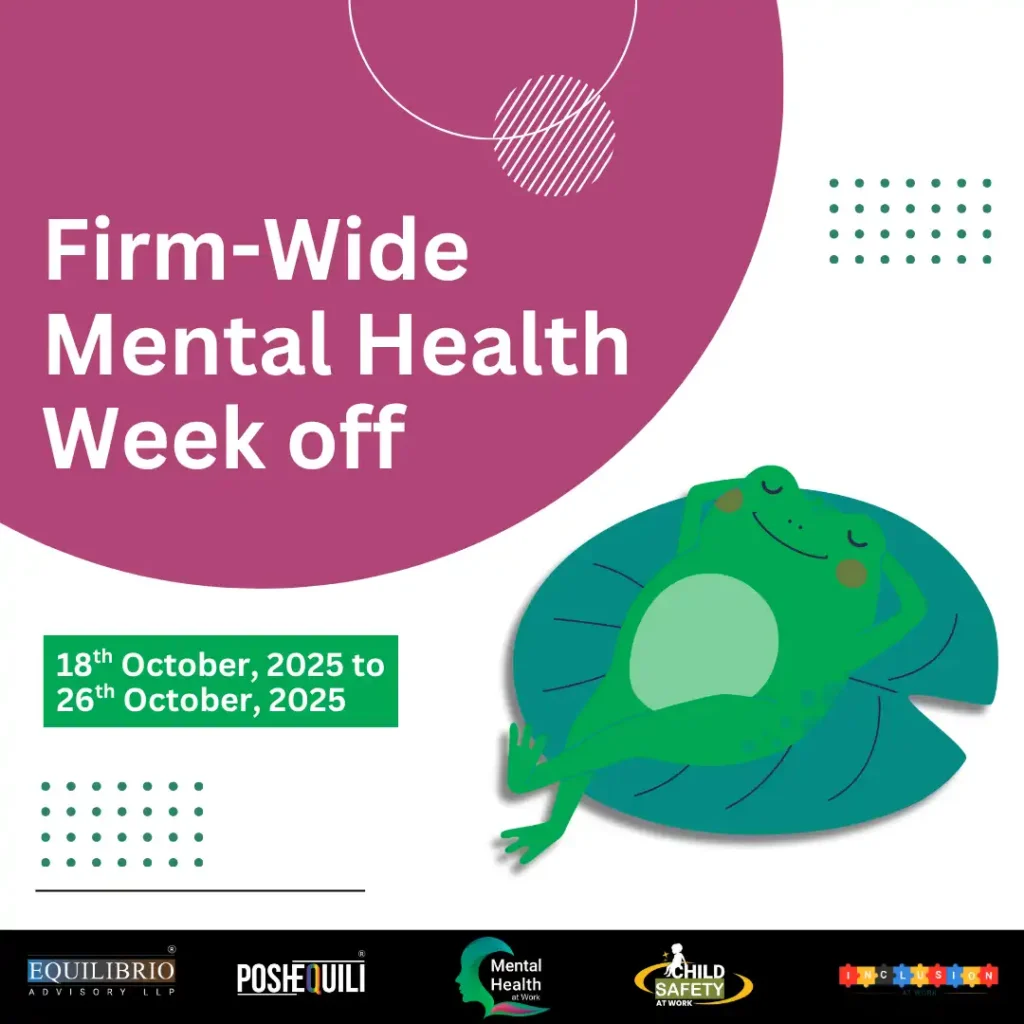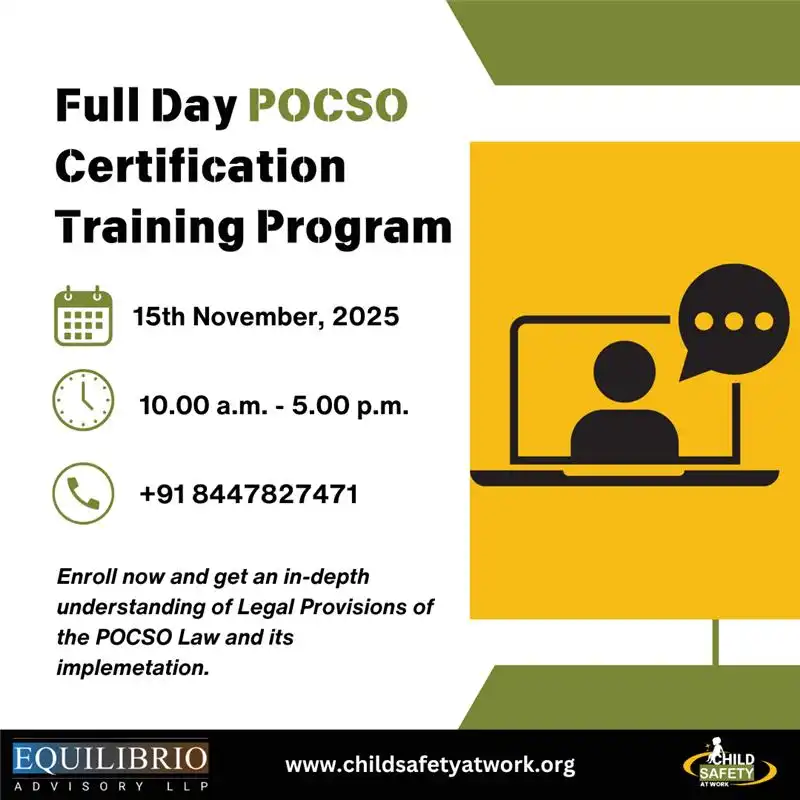In todayŌĆÖs increasingly digital world, most of us are spending more and more of our time online. From gaining information, staying current, being entertained and forming relationships ŌĆō most aspects of our lives are being lived online.┬Ā┬Ā
However, when it comes to children and youth ŌĆō the context is different. Most young people are growing up online and have no other frame of reference. Social media, gaming platforms, educational tools, and entertainment apps offer endless opportunities to connect, create, and learn. But with these opportunities also come risksŌĆöespecially when it comes to child development, safety and well-being
Understanding digital safety through the lens of child protection is more important than ever. Whether you’re a parent, educator, or simply part of a young person’s life, knowing what to look out for and how to respond is essential.
LetŌĆÖs start from the top then ŌĆō what is child safety when it comes to digital engagement? Why is it important and what do we as caregivers need to keep in mind when it comes to this crucial, yet dynamic space?
What is child safety when it comes to digital engagement?┬Ā
Child safety in the context of digital engagement refers to protecting children and young people from harm when they use online platforms, devices, and digital tools.
It is more than looking at social media safety alone – as children are increasingly interacting with the internet for education as well and in many contexts being online may be necessary for their academics. This pushes digital engagement beyond socializing, entertainment and self-expression.
And the risks are many. It can include exposure to inappropriate content, sexual or otherwise including depictions of violence that a child may not be ready to understand or navigate. This may impact understandings of key concepts regarding relationships, gender, boundaries, and create an understanding around appropriate ways to respond to stress and conflict situations.
It may also open space for children to cross paths with online predators, fall victim to cyberbullying, scams, and privacy breaches.
These threats often occur subtly and can have serious emotional, psychological, and sometimes physical consequences.
Subtle impact of digital engagement may also include the impact of increased screen time on children and toddlers which has been documented ŌĆō impacting child development, cognition and emotional regulation.
What can we do as parents, teachers and stakeholders?┬Ā
The first step is to acknowledge that the digital age isnŌĆÖt going anywhere any time soon ŌĆō and we all have a role to play in collaboratively creating a safe working environment for children. The task of ensuring the digital safety of teens and children is not only for parents and children themselves to undertake – but also needs to involve larger family systems, schools, communities, tech companies, and policymakers as well.
Digital safety is not simply about technical safeguards like blockers, controls and content filters. We need to understand that our approach will need to be holistic and proactive involving education, open communication, supportive environments, and ethical platform design.
For most of usŌĆöparents, teachers, and familyŌĆöthis may look like creating space for open dialogue and discussion, encouraging exploration and connection outside of digital platforms, and managing screen time when necessary. It also means promoting healthy online habits around privacy, self-expression, posting, and guiding children toward accessing positive, age-appropriate content.
For tech developers, prioritizing child safety means designing online environments where young users can explore, connect, and learn while being protected, respected, and supportedŌĆöthrough features like robust privacy settings, age-appropriate content filters, and ethical design choices ŌĆō these choices must also consider elements like colour, intensity, and the psychological impact of design, as these can influence attention, mood, and even addictive behaviours. Ethical design for children means creating interfaces that are not overly stimulating, manipulative, or engineered to maximize screen time, but instead promote focus, well-being, and autonomy. Digital engagement should empower childrenŌĆönot endanger them.
For policymakers and institutions, this means implementing and enforcing child-centered digital safety regulations, investing in digital literacy education, and holding platforms accountable for harmful content and practices. It also includes supporting cross-sector collaboration to ensure that childrenŌĆÖs rights and well-being are central to the digital ecosystem.
What key skills should we hold on to when it comes to digital safety for children and teens?┬Ā
We at child safety at work, have put together a list of supportive DOŌĆÖs and DonŌĆÖts to help you navigate this journey through the digital world when you are navigating it with children. Remember we cannot hide away our children nor shield them from everything.
We must not minimise the value of equipping children with the knowledge and confidence to navigate digital spaces responsibly and knowing when to seek help.
1) Empathy & Emotional SupportŌĆ»┬Ā
1. Model healthy emotional expression ŌĆō Show that itŌĆÖs okay to talk about feelings.ŌĆ»
2. Validate ChildrenŌĆÖs emotions ŌĆō DonŌĆÖt dismiss sadness, anger, or frustration; help them understand it.ŌĆ»
3. Practice active listening ŌĆō Make eye contact, avoid interrupting, and reflect back what they say.ŌĆ»
4. Encourage emotional vocabulary ŌĆō Teach children to name and describe their feelings.ŌĆ»
5. Normalize asking for help ŌĆō Whether itŌĆÖs therapy or talking to a trusted adult.ŌĆ»
6. Spend time building meaningful connection and play ŌĆō that goes a long way to creating a safe space for children to access in times of distress or conflict.
ŌĆ»
2) Communication & Behavior GuidanceŌĆ»┬Ā
6. Use positive discipline ŌĆō Focus on teaching, not punishing.ŌĆ»
7. Avoid shaming language ŌĆō Criticize the behavior, not the child.ŌĆ»
8. Set clear, consistent boundaries ŌĆō Kids feel safer when they know whatŌĆÖs expected.ŌĆ»
9. Praise effort, not just outcomes ŌĆō This builds resilience and a growth mindset.ŌĆ»
10. Use storytelling to teach values ŌĆō Stories make lessons stick and open conversations.ŌĆ»
ŌĆ»
3) Media Awareness & Digital BoundariesŌĆ»┬Ā
11. Co-watch and co-play ŌĆō Engage with the media they consume to understand and guide them.ŌĆ»
12. Discuss harmful content openly ŌĆō DonŌĆÖt just blockŌĆöexplain why something is toxic or inappropriate.ŌĆ»
13. Teach critical thinking ŌĆō Help them question and analyze what they see online.ŌĆ»
14. Set screen time limits & digital detox days ŌĆō Balance is key.ŌĆ»
15. Introduce positive role models ŌĆō Curate content with strong, respectful characters and messages.ŌĆ»
ŌĆ»
4) Environment & Daily PracticesŌĆ»┬Ā
16. Create a safe space at home or school ŌĆō One where mistakes are okay and emotions are welcomed.ŌĆ»
17. Foster inclusion and respect for differences ŌĆō Talk about diversity, kindness, and fairness early.ŌĆ»
18. Practice empathy-building activities ŌĆō Like role-playing, volunteering, or gratitude journaling.ŌĆ»
19. Encourage friendships based on respect ŌĆō Help kids spot toxic behavior in peers too.ŌĆ»
20. Engage in daily check-ins ŌĆō ŌĆ£What was the best and hardest part of your day?ŌĆØŌĆ»
ŌĆ»
5) Professional and Community SupportŌĆ»┬Ā
21. Collaborate across roles ŌĆō Parents, teachers, and counselors working together strengthens impact.ŌĆ»
22. Introduce mental health education early ŌĆō Age-appropriate resources in schools and homes.ŌĆ»
23. Seek help when needed ŌĆō Therapy, counseling, or group support when signs of distress appear.ŌĆ»
24. Host workshops or circles ŌĆō For open dialogue between adults and kids.ŌĆ»
25. Be open to unlearning ŌĆō Challenge your own biases, beliefs, and language.ŌĆ»┬Ā
Conclusion:┬Ā
Children are growing up online. They are also watching us and listening ŌĆō building and understanding of the world around them, even if we think they arenŌĆÖt.┬Ā┬Ā
In a world full of toxic and misleading messages, letŌĆÖs show them empathy and respect, speak with kindness, and raise them with values that heal, not harm.
In an age where harmful content is just a click away, promoting digital literacy and raising respectful children starts with us. LetŌĆÖs set examples that lead with compassion, set healthy boundaries. LetŌĆÖs open space to have the difficult conversations about whatŌĆÖs not okay without shame, guilt or judgment. Space where the ugly shades of what we feel can be seen and heard and healed and where mental and emotional health matters.ŌĆ»
Lastly, if you or any person interacts with a child, you become front line against a culture that often normalizes disrespect, action without intention, and emotional harm.
Reach out to us, if you would like to take the conversation forward in your context!
 Cart is empty
Cart is empty 



